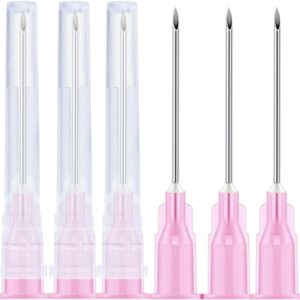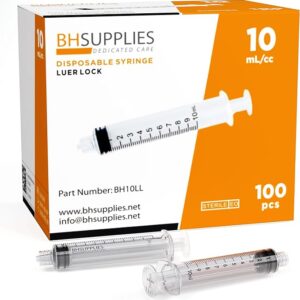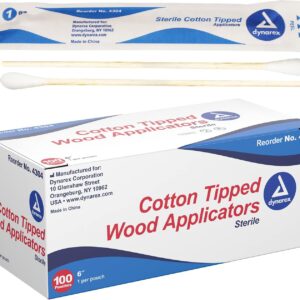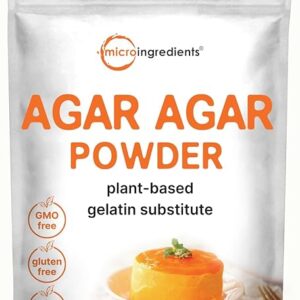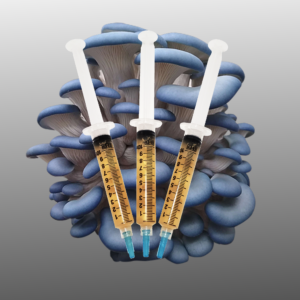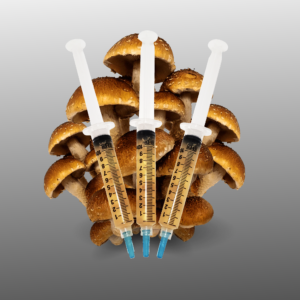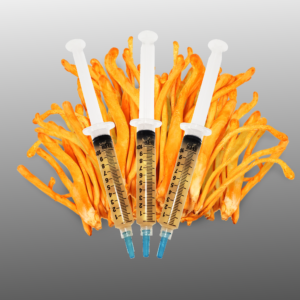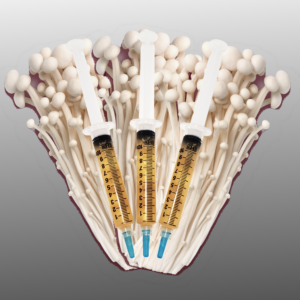Dehydrating mushrooms is a fantastic way to extend their shelf life, intensify their flavor, and create a versatile ingredient for culinary exploration. Whether you’ve foraged a bountiful harvest or want to take advantage of a sale on fresh mushrooms, dehydrating is a simple and effective method to preserve these umami-packed fungi. In this comprehensive guide, we’ll walk you through the step-by-step process of dehydrating mushrooms at home.
Choose the Right Mushrooms:
- Select Fresh Mushrooms:
- Choose fresh, firm mushrooms. Common varieties for dehydrating include button mushrooms, shiitake, oyster, and porcini.
- Clean Thoroughly:
- Wipe off any dirt or debris from the mushrooms using a damp cloth or a soft brush. Avoid soaking mushrooms, as they can absorb excess water.
Equipment Needed:
- Mushrooms
- Sharp knife or mushroom slicer
- Dehydrator
- Lemon juice or ascorbic acid (optional, for preventing browning)
- Airtight containers or vacuum-sealed bags
Step-by-Step Guide to Dehydrating Mushrooms:
1. Prepare the Mushrooms:
- Slice Uniformly:
- Using a sharp knife or a mushroom slicer, slice the mushrooms into uniform thickness (approximately 1/8 to 1/4 inch). This ensures even dehydration.
- Optional: Prevent Browning:
- To prevent browning, you can dip the sliced mushrooms in a solution of water and lemon juice or ascorbic acid. This step is optional but helps maintain the mushrooms’ color.
2. Load the Dehydrator:
- Arrange Evenly:
- Lay the sliced mushrooms in a single layer on the dehydrator trays. Ensure proper spacing for air circulation.
- Set Temperature:
- Set the dehydrator to a temperature between 125°F and 135°F (50°C to 57°C). The exact temperature may vary based on your dehydrator model.
- Dehydrate Until Crispy:
- Dehydrate the mushrooms until they are dry, crispy, and have a leathery texture. The drying time can range from 4 to 12 hours, depending on the type of mushrooms and thickness of slices.
3. Check for Dryness:
- Test a Mushroom:
- Take a slice and allow it to cool. It should be brittle and break easily. If any flexibility remains, continue dehydrating.
- Cool Completely:
- Allow the dehydrated mushrooms to cool completely before proceeding to the next step.
4. Store Dehydrated Mushrooms:
- Packaging:
- Transfer the dehydrated mushrooms to airtight containers or vacuum-sealed bags. This prevents moisture and ensures long-term freshness.
- Label Containers:
- Label containers with the date and type of mushrooms to keep track of freshness.
5. Rehydration and Culinary Uses:
- Rehydrate Before Use:
- To use dehydrated mushrooms, rehydrate them by soaking in hot water for about 15-30 minutes. Use the rehydrated mushrooms in soups, stews, sauces, and various dishes.
- Experiment with Flavors:
- Dehydrated mushrooms can be ground into a powder to enhance sauces and gravies or used as a crispy topping for salads and soups.
Tips for Success:
- Consistent Thickness:
- Slice mushrooms uniformly to ensure even drying.
- Monitor Dehydration:
- Check the progress periodically, especially toward the end of the drying process, to avoid over-drying.
- Store Properly:
- Store dehydrated mushrooms in a cool, dark place to maintain their quality.
- Use a Quality Dehydrator:
- Invest in a good-quality dehydrator with adjustable temperature settings for optimal results.
Conclusion:
Dehydrating mushrooms is a straightforward process that opens up a world of culinary possibilities. From enhancing the depth of soups and stews to creating unique mushroom powders, the versatility of dehydrated mushrooms makes them a valuable addition to any kitchen. With the knowledge and steps outlined in this guide, you can confidently dehydrate mushrooms and enjoy their rich umami flavor year-round.
-
100 Pack -18Ga 1.5inch(38mm) Dispensing Needles with Luer Lock, Individually Packaged
-
10ml Luer Lock Tip Syringes (No Needle) – Sterile, Individually Wrapped – 100 Syringes
-
30 Pack Plastic Petri Dishes with Lids, 90 x 15mm
-
6-Inch Sterile Cotton Tipped Applicators 1 Box of 100 Pouches, 1 per Pouch
-
Agar Agar Powder, 1lb
-
Blue Oyster Liquid Culture
-
Chestnut Mushroom Liquid Culture
-
Cordyceps militaris Liquid Culture
-
Enoki Mushroom Liquid Culture


